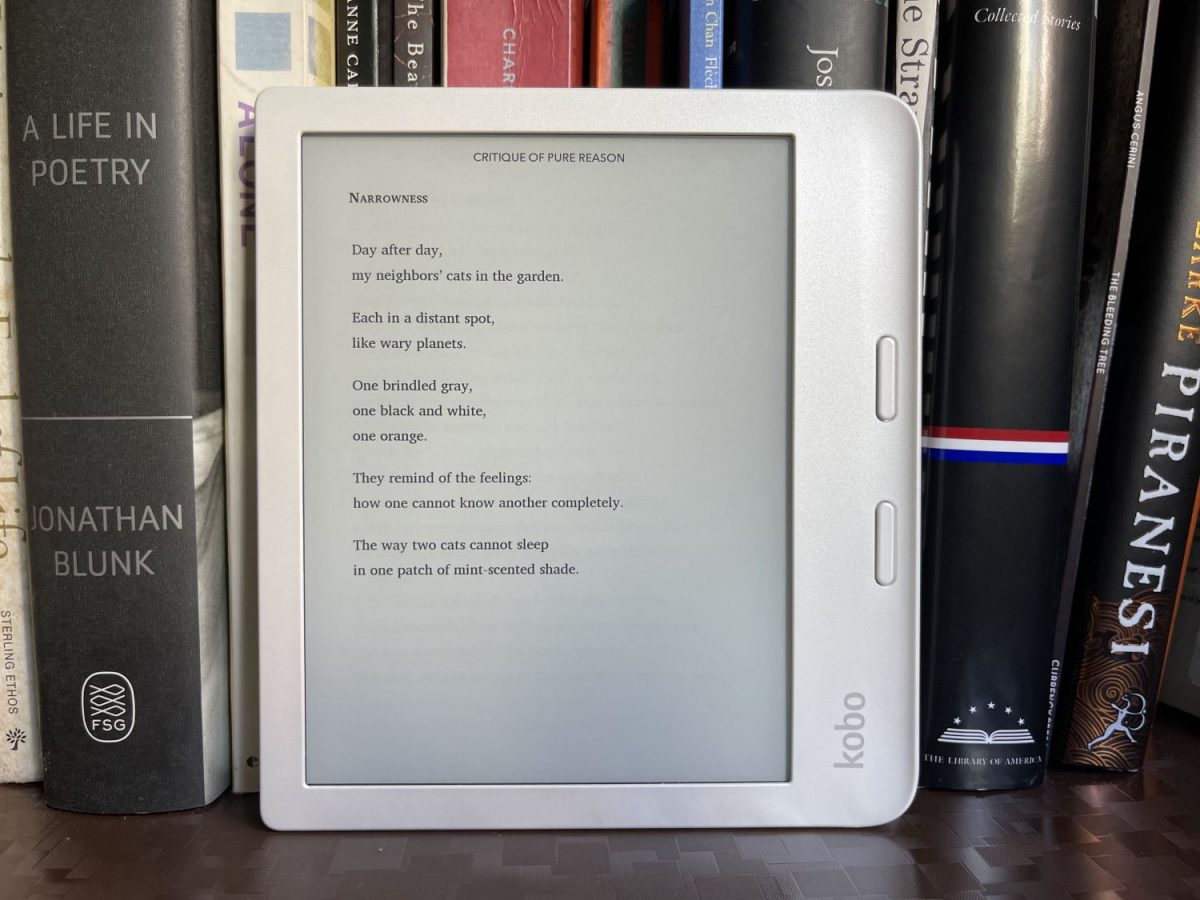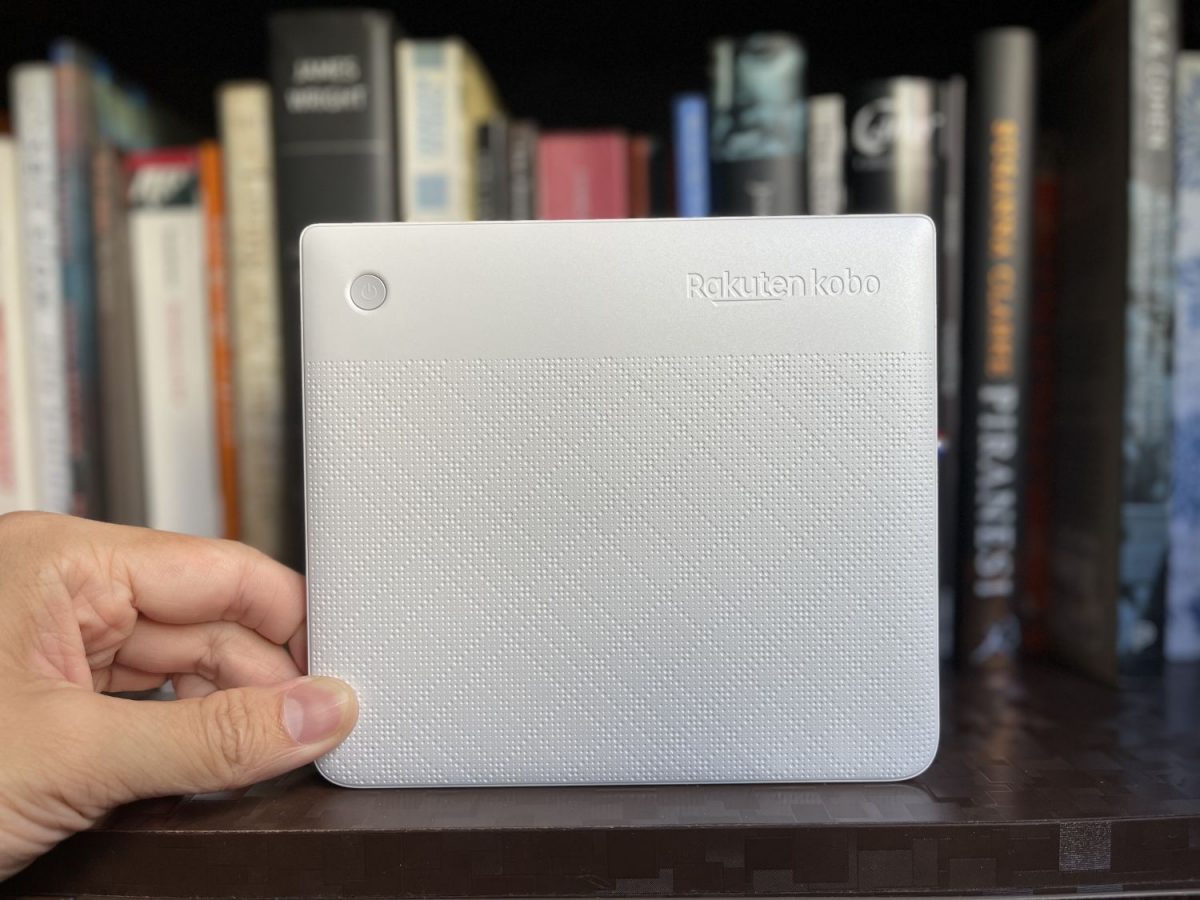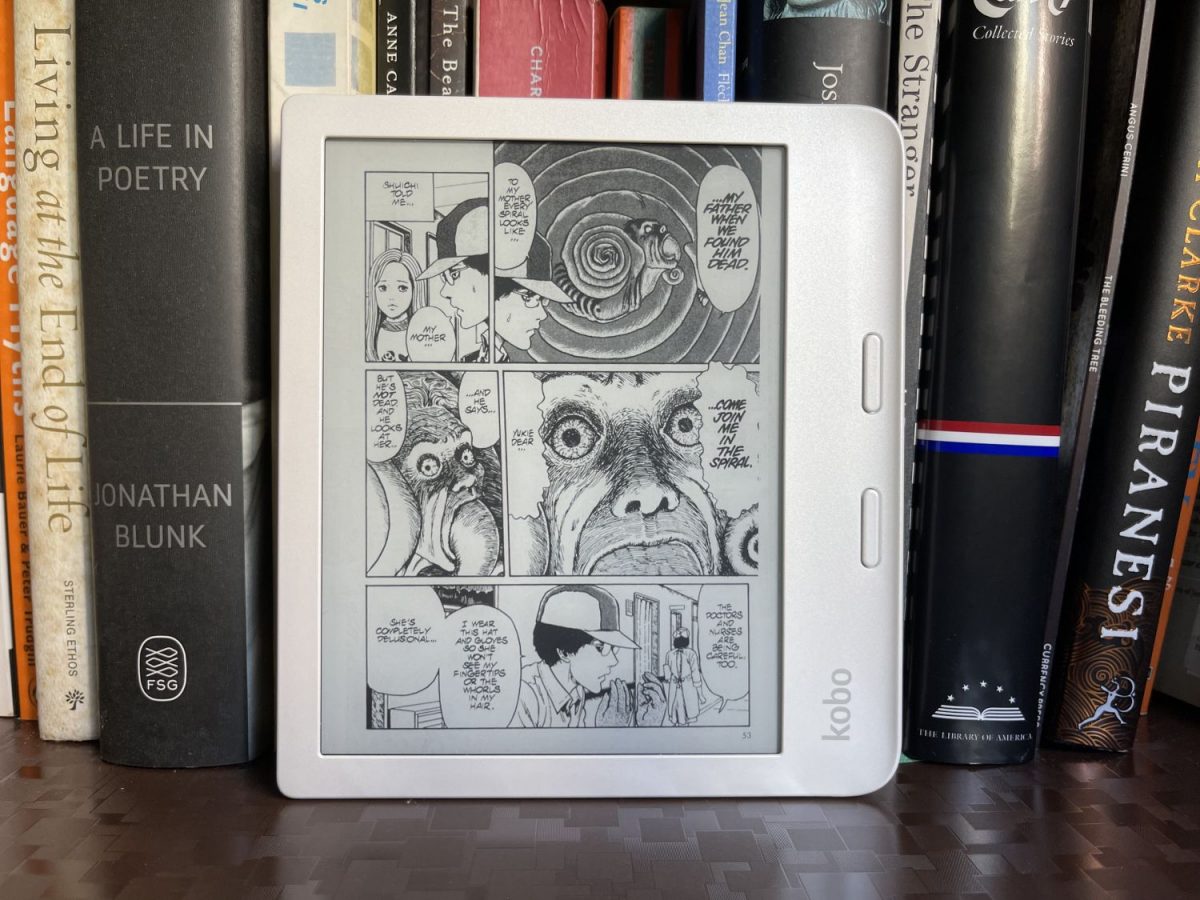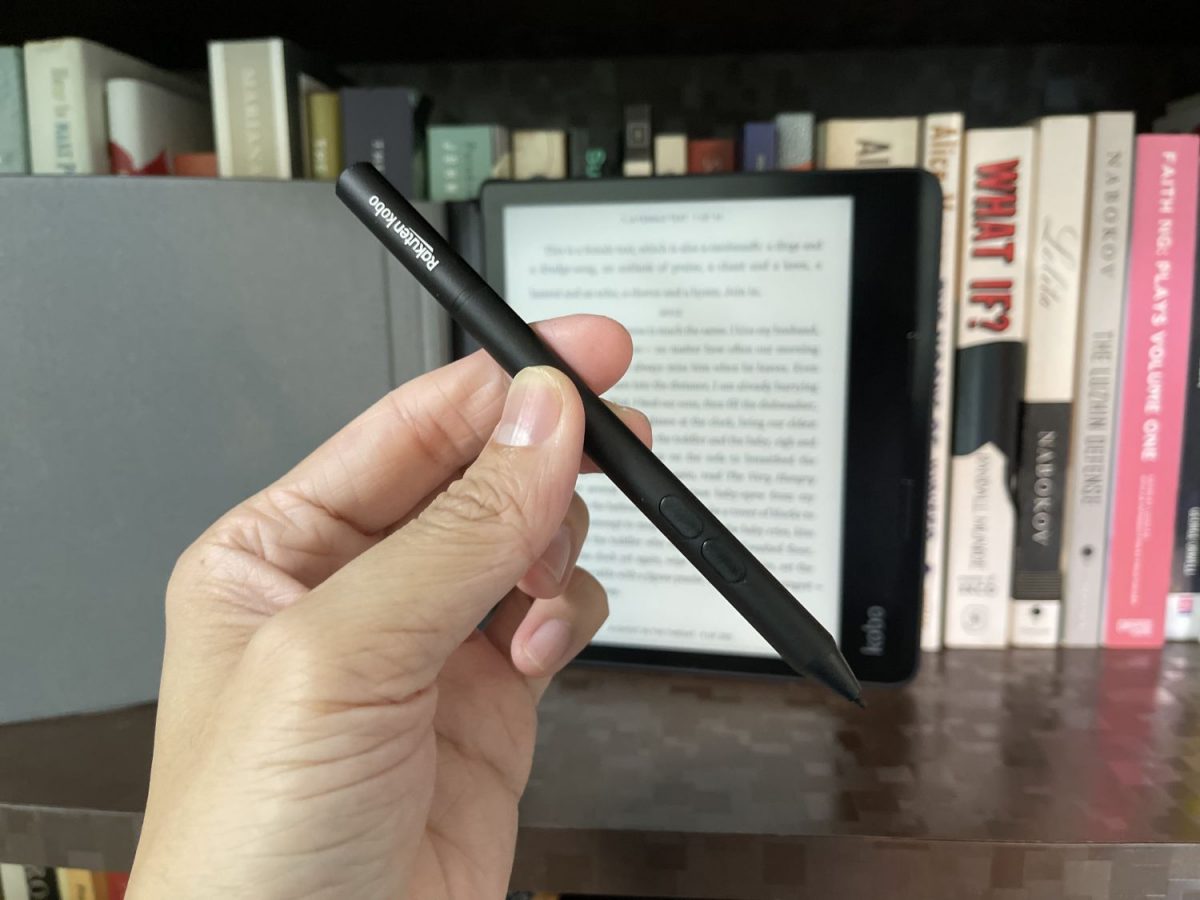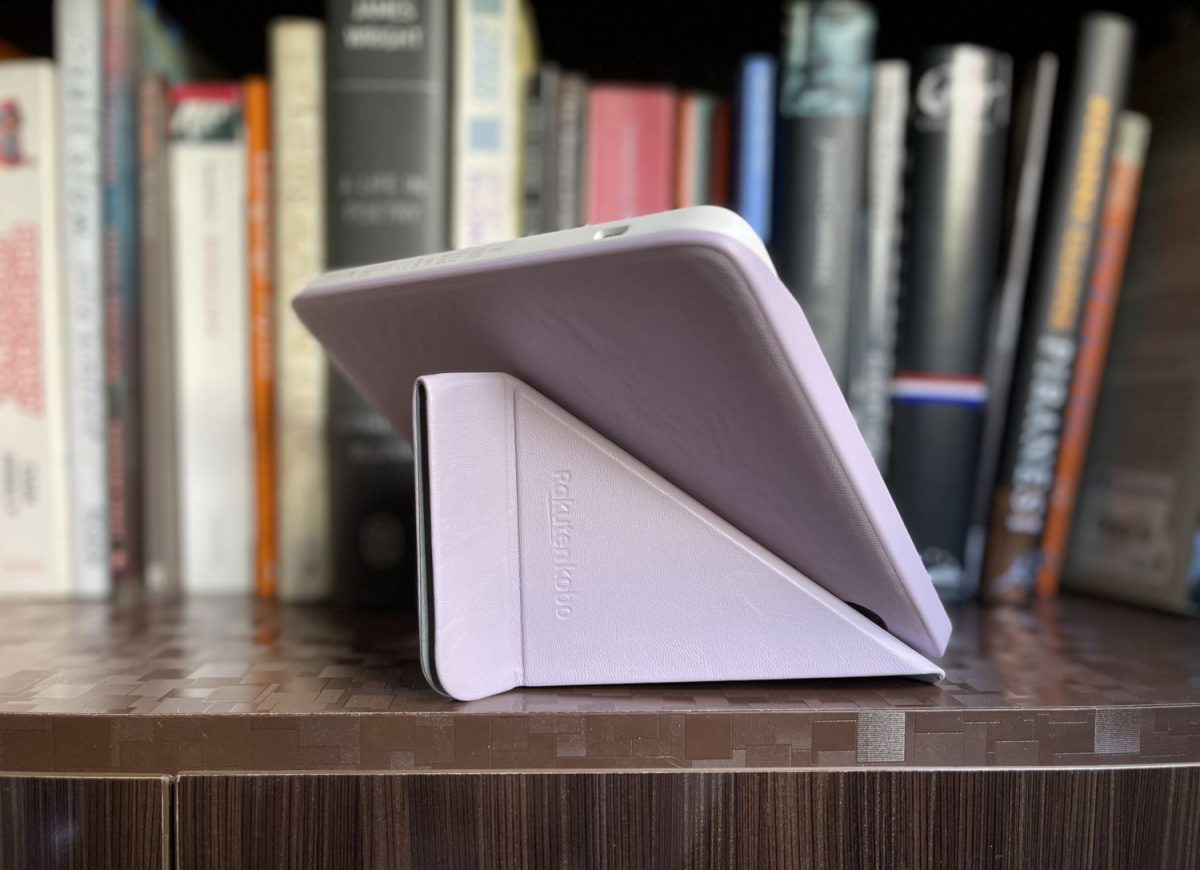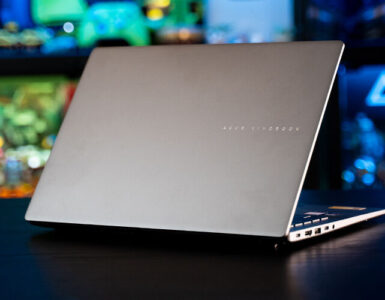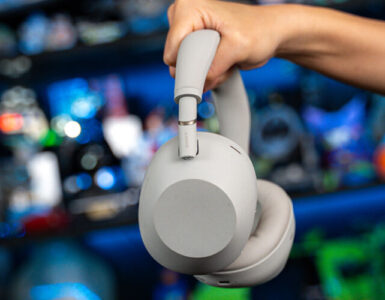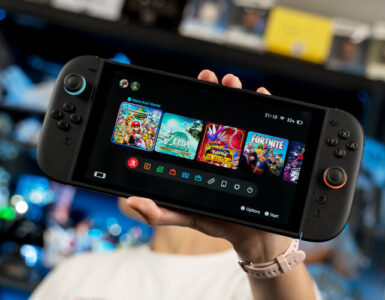E-readers have become a staple of many avid readers, and even physical book purists have to admit that there are conveniences afforded by being able to easily carry thousands of pages worth of reading material around in one small device. Also, to readers who treat beautifully designed physical books as decorative pieces on a shelf, e-books that cannot be physically damaged can easily become the preferred medium for actual reading.
Also, the e-ink displays of e-readers make for a vastly superior reading experience compared to reading on a phone, tablet, or laptop, because they don’t emit light directly into the user’s eyes, but instead emulate the properties of actual paper. This is clearly noticeable over long reading sessions. Not only that, the ability to tap on a word and instantly find out its meaning, and even add them to an easily accessible list makes expanding one’s vocabulary effortless. As such, e-readers are definitely worth considering for voracious readers. The question then, is which e-reader, and why?
While Amazon’s line of Kindle e-readers comes to mind almost immediately, Rakuten Kobo’s line of e-readers has a key feature, being able to read EPUB, CBR/CBZ, and PDF files natively, that will be the deciding factor for many. The openness means that with a Rakuten Kobo e-reader, users are not stuck to the e-books and audiobooks they buy on the Kobo store, and can easily read a variety of files and e-books they have without having to tinker with them through a third-party application.
With the Kobo Sage and Kobo Libra 2, weighing in at 240.8g and 215g, the Canadian company makes incremental improvements to the Kobo Forma and Kobo Libra H2O respectively. Both devices add audiobook support, which is a new feature for Rakuten Kobo devices, with the Kobo Sage also featuring stylus support. Both devices also boast a 32GB storage capacity, likely to accommodate the larger audiobook files.
The Kobo Libra 2 has a 7-inch display while the Kobo Sage has an 8-inch display. Both sizes make for a comfortable reading experience, especially with font size being easily adjustable. Though, when it comes to PDFs, especially ones with small type, the Kobo Sage is more suitable as it can be tough to read the text fluidly on a smaller screen. Also, as is the nature of e-ink displays, zooming in and out on PDFs won’t be instantaneously responsive in the same way as tablets and smartphones.
The form factor of both devices is similar, with the Kobo Sage coming in at 160.5mm x 181.4mm x 7.6mm and the Kobo Libra 2 at 144.6mm x 161.6mm x 9mm. Both have an asymmetrical design with one side having a wider bezel so they’re easier to hold, and two physical buttons for turning pages, though swiping and tapping are still available for those who prefer touch controls.
The Kobo Sage has a rubber-like, textured back that makes it feel secure to hold, while the Kobo Libra 2 has a more plastic-like, textured back that does feel a bit slippery especially for users with dry hands. Yet, on the front, the Kobo Sage has a glossy, smooth texture while the Kobo Libra 2’s display itself has a more paper-like texture. For some, this can be a bit of a shame as they may prefer the rubber-like back of the Kobo Sage, but the paper-like front of the Kobo Libra 2, or vice versa.
Both the Kobo Sage and Kobo Libra 2 have the latest Carta 1200 E Ink display with 300 ppi, which is an improvement over their predecessors and also more than sufficient to make text look sharp. However, given that these e-readers will mostly be displaying text in monochrome, this is an improvement that will have the most palpable impact when it comes to reading manga or comics in black and white.
And when it comes to manga, both models are able to display the pages clearly at high fidelity. Of course, it cannot compare to a sharpened and cleaned-up image on a LED display, but that’s not the point of an e-ink display. What matters here is that the e-ink display replicates, and in most cases, outdoes physical manga volumes because the images are presented on a flat panel, rather than having portions of them potentially being distorted or hard to see due to the way manga books are bound. One thing to note, however, is the file format being used, as a manga in EPUB format may need to be resized through another app first before it will be displayed properly on the devices. As the digitisation of manga becomes increasingly common and the medium’s popularity rises, the way an e-reader processes manga will be an important point of consideration for users.
Another neat feature of Rakuten Kobo’s e-readers is the native OverDrive support. It is available in 12 countries, including Singapore, and makes it extremely convenient to borrow books from the library. There is no need to reserve the book, pay the reservation fee, and head down to the physical library to collect the book if it is available in e-book format. Users will be able to borrow the e-books on their library account, and access them using the e-readers instantly, which is invaluable for users who frequently find themselves reserving many books.
For audiobooks, neither of the devices has built-in speakers, and will need to be paired with external headphones or speakers via Bluetooth. This introduces another way for users to ‘read’, and there’s no real surprises here. It works as one would expect, with easy pairing and adjustable playback speed (0.75x to 2.75x), and it’s always an added bonus to have more options available.
The Kobo Stylus works well on the Kobo Sage, as it makes leaving handwritten notes and highlighting certain passages fuss-free. It replicates the feeling of annotating on a physical book well, and it is a welcome feature for those who are avid note-takers but find the act of actually annotating a physical book borderline sacrilegious.
Other accessories include the PowerCover for the Kobo Sage, and the SleepCover for the Kobo Libra 2. The PowerCover has a built-in battery to charge up the Kobo Sage on the go, and also a slot to hold the Kobo Stylus, but it does not charge the stylus pen. However, given that both devices have battery lives that can last about a week with moderate to heavy reading, the extra heft of the PowerCover may not be as appealing. With the SleepCover, not only can it wake the device when opened and put it to sleep automatically, there is a foldable front cover that can keep the device standing upright. The waking and sleeping feature is convenient and does save battery life, but the difference is not one that is drastic. Also, as the devices tend to be held in hand for reading, there aren’t many situations where the foldable front cover is useful, though some readers may find it helpful for their preferred way of reading. Ultimately, it seems like the choice of whether to get the cover depends on whether the user prefers to have the display be exposed even when not in use.
Both devices are great for avid readers who find themselves starved for space and want to minimise the clunkiness of physical books, and for those who can’t stand the idea of physical books becoming nicked and getting damaged. Not only that, the devices’ suite of features, such as the OverDrive integration and audiobook compatibility, also offers conveniences that can become invaluable for users.
The Kobo Sage is priced at S$399.90, and the Kobo Libra 2 is priced at S$289.90. The Kobo Libra 2 SleepCover and Kobo Stylus are priced at S$59, while the Kobo Sage PowerCover is priced at S$119. They can be purchased on Shopee and Lazada.


